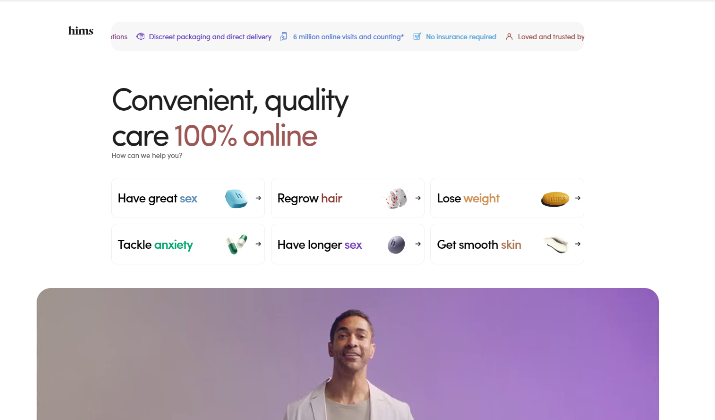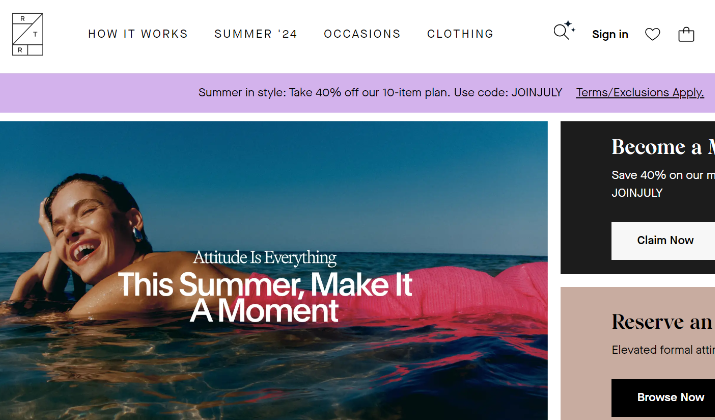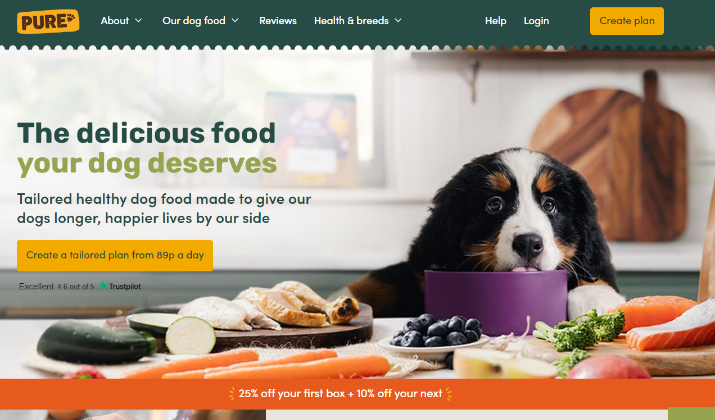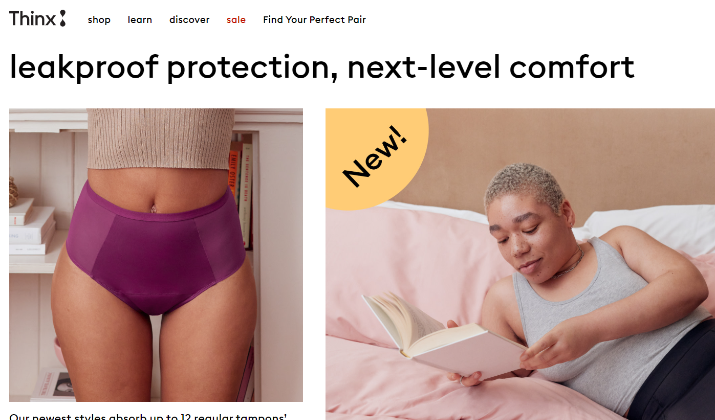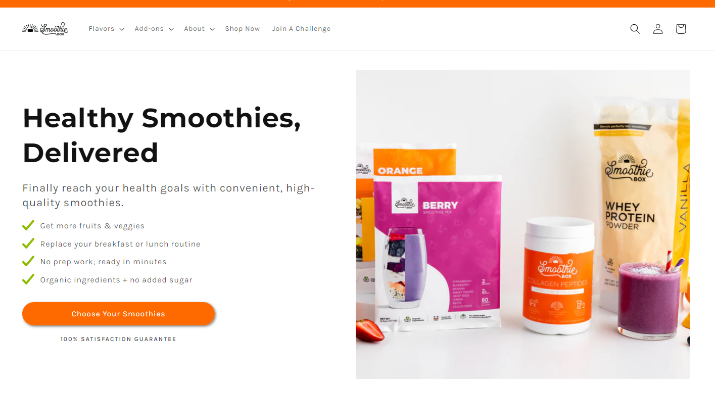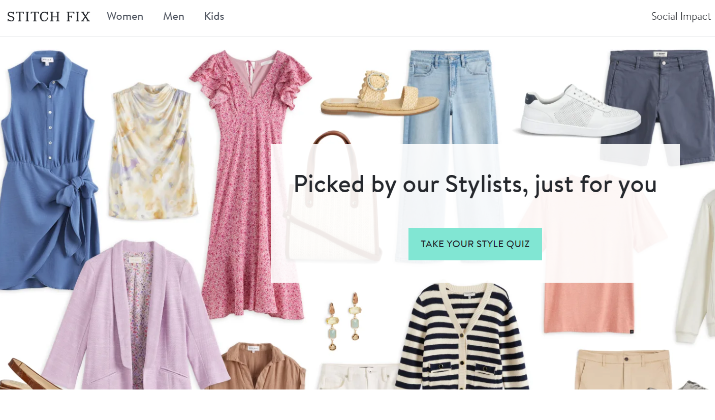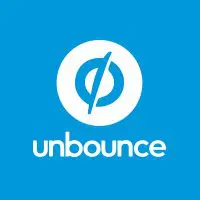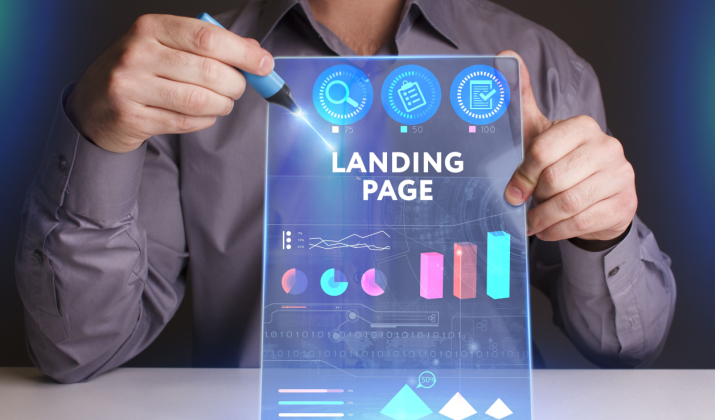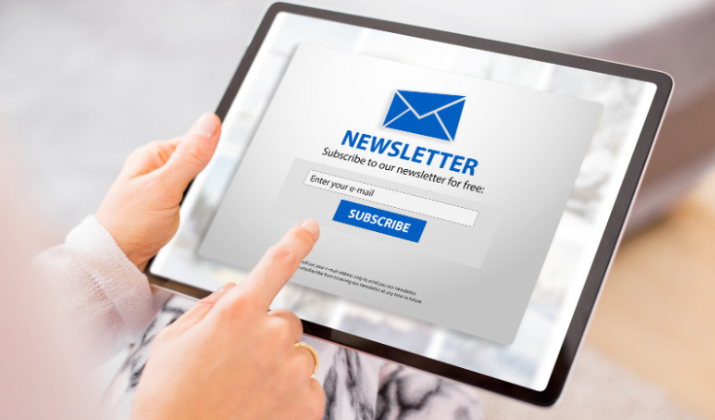A one-page funnel is a sales strategy that condenses the entire customer journey into a single webpage.
It is designed to capture leads, deliver a persuasive message, and drive conversions without requiring multiple pages or steps.
In this article, we will explore some of the best one-page funnel examples that have proven successful in driving online conversions and increasing sales.
These examples, along with sales funnel statistics provided by CRM systems, offer actionable insights for businesses of all sizes to enhance their sales processes.
With the right approach and tools, businesses can optimize their one-page funnels and drive remarkable results.
How Does a Sales Funnel Work?
Before we dive into the examples, it’s important to understand how a sales funnel works.
A sales funnel is a crucial component of the customer journey and sales process. It is a marketing model that outlines the stages prospects go through from initial awareness to the final purchase decision.
Defining clear terms and definitions is key in the sales funnel. Identifying milestones and separating each stage enables smooth navigation through the funnel.
Common stages in a sales funnel include lead, prospect, opportunity, and closed deals.
Lead Stage or Top of the Funnel (TOFU)
At the top of the sales funnel is the lead stage. Leads are individuals who have shown some interest in your product or service. They may have provided their contact information or interacted with your brand in some way.
They seek information through search engines, social media, and various content types such as blog posts, ebooks, and whitepapers.
Leads serve as the foundation for building and assessing the effectiveness of your sales funnel.
Prospect Stage or Middle of the Funnel (MOFU)
As leads progress through the funnel, they become prospects. Prospects are potential customers who have shown a genuine interest in your offering.
Here, they research solutions and engage with product demos, reviews, free trials, and comparison charts to identify suitable products or services.
They meet specific criteria, such as expressing interest, having a viable budget, authority to make a purchase decision, and having a clear need for your product or service.
Opportunity Stage or Bottom of the Funnel (BOFU)
Finally, at the bottom of the funnel (BOFU), customers make purchase decisions and may enter a loyalty stage if satisfied.
When sales teams engage with prospects, work on proposals, negotiate deals, and interact with decision-makers, prospects transition into opportunities.
Opportunities are promising prospects that have a higher likelihood of converting into closed deals.
The goal here is to convert prospects into customers and retain them through exceptional service, turning them into brand advocates.
Closed Stage
The final stages of the sales funnel involve closing opportunities.
This can result in either closed-won deals, where a prospect successfully becomes a paying customer, or closed-lost deals, where the prospect decides not to purchase.
There is also the possibility of closed-lost CBQ (check back quarterly), where the opportunity remains open for further consideration in the future.
To optimize the sales funnel, businesses can utilize tools like the Close Sales Funnel Calculator, which helps identify potential leaks and provides insights to enhance revenue generation.
Throughout the entire sales funnel, it’s important to measure and track the effectiveness of your strategies and tactics.
Constant measurement of sales funnel metrics allows you to identify areas for improvement and make data-driven decisions.
Understanding your audience, setting clear goals, creating engaging content, driving action, and maintaining communication are all key elements in building an effective sales funnel.
Also read: Systeme.io vs Stan Store vs ClickFunnels
Examples of Effective One Page Funnels
Now, let’s take a look at some effective one-page funnel examples in the industry. These funnels focus on a single web page, ensuring a conversion-focused design that drives visitors to take the desired action.
Here are some examples of effective one-page funnels:
1. Hims
Hims, a men’s wellness brand, utilizes a landing page funnel that effectively segments customers before directing them to the right quiz.
By understanding their unique needs and preferences through a series of targeted questions, customers are more likely to engage with the brand and ultimately make a purchase.
2. Rent the Runway
Rent the Runway, a clothing rental service, has a home page funnel that educates customers on their membership plans, providing a clear path to purchase.
The funnel highlights the benefits of membership, such as access to designer clothes and unlimited swaps, enticing customers to sign up and become members.
3. Pure Pet Food
Pure Pet Food uses a tailored plan landing page funnel that captures engaged leads through a personalized quiz experience.
By asking pet owners about their pets’ specific dietary needs and preferences, Pure Pet Food creates custom meal plans that resonate with customers and increase the likelihood of conversion.
4. Thinx
Thinx, a period underwear brand, engages visitors with a landing page funnel that features a quiz.
The quiz not only helps improve customer satisfaction and retention by guiding customers to the right product options but also creates an interactive and personalized experience that sets Thinx apart from competitors.
5. SmoothieBox
SmoothieBox gamifies its rewards program through a landing page funnel that encourages more purchases and referrals.
Customers are incentivized to earn reward points by making purchases and referring friends, which increases customer engagement and drives repeat business.
6. Stitch Fix
Stitch Fix, an online personal styling service, collects detailed information from customers through a style quiz landing page funnel.
This information allows the brand to provide personalized apparel recommendations and encourage repeat purchases, creating a seamless and customized shopping experience for its customers.
These are just a few examples of effective one-page funnels that have helped companies improve their conversion rates and drive online success.
By implementing a conversion-focused design and providing personalized experiences, these brands have successfully guided customers through a simplified and engaging funnel.
Check out: Systeme.io vs Clickfunnels
Benefits of One-Page Funnels
One-page funnels offer numerous benefits for businesses across various industries, particularly in counseling, event management, web development, and online coaching.
Their simplified and concise structure can significantly increase conversions and enhance the customer journey.
With their simplified and concise structure, one page funnels can significantly increase conversions and improve the customer journey.
One of the key advantages of using a one page funnel is the ability to convert prospects into clients right on the initial landing page.
Video Sales Letters (VSL) and Promo Videos
A well-structured one-page funnel includes essential elements like a persuasive headline, a video sales letter (VSL), user testimonials, a guarantee, and a call to action for an irresistible offer.
Video Sales Letters (VSL) are particularly effective in one page funnels when used with limited-time offers. On the other hand, promo videos work well for long-term paid advertising strategies.
Testimonials & Guarantees
User testimonials also play a crucial role in building trust with prospects. By showcasing positive experiences and results, businesses can instill confidence in potential customers, making them more likely to convert.
Offering guarantees, such as a money-back guarantee or a satisfaction guarantee, gives prospects a sense of security and reduces perceived risk, increasing the likelihood of taking action.
Irresistible Offers
An irresistible offer with a sense of urgency, like a time-limited and exclusive deal, can significantly boost conversions by creating a sense of FOMO (fear of missing out).
Consistency in Customer Journey
Ensure landing pages align with the specific stage of the sales funnel to avoid confusion and decrease conversions. Guide prospects through a logical flow of information and offers that meet their needs and expectations.
For businesses aiming for maximum conversions, it is recommended to have at least two well-designed funnels in place. Having multiple campaigns that complement each other allows businesses to target different customer segments and cater to their specific needs and preferences.
Explore: ThriveCart vs ClickFunnels
Tips for Creating a Successful One-Page Funnel
To create a successful one-page funnel, consider the following tips and strategies:
-
- Clear and compelling messaging: Use persuasive and concise copy to communicate the value proposition and benefits of your offer.
- Attention-grabbing visuals: Incorporate high-quality images, videos, and graphics to capture attention and engage prospects.
- Strategic use of CTAs: Place clear and prominent call-to-actions throughout the page to guide prospects towards the desired conversion.
- Mobile optimization: Ensure that your one-page funnel is fully optimized for mobile devices to reach a wider audience and improve user experience.
- A/B testing: Continuously test and optimize your one-page funnel by experimenting with different elements, messaging, and design to improve conversion rates.
By implementing these tips, you can create a successful one-page funnel that effectively captures leads and converts them into paying customers.
Tools for Creating One-Page Funnels
User testimonials also play a crucial role in building trust with prospects. By showcasing positive experiences and results, businesses can instill confidence in potential customers, making them more likely to convert.
If you’re looking to create a one-page funnel for your business, there are several powerful tools available to help you get started.
These tools provide the functionality and features necessary to build effective and optimized one-page funnels that can drive conversions and boost sales.
ClickFunnels
ClickFunnels is a popular funnel creation software that offers a comprehensive suite of tools for building and optimizing one-page funnels.
With ClickFunnels, you can easily create visually appealing landing pages, add compelling sales elements, and seamlessly integrate payment options.
The platform also provides unlimited contacts for users, allowing you to scale your business without limitations.
Leadpages
Another excellent option for creating one-page funnels is Leadpages. This drag-and-drop landing page builder offers a variety of customizable templates specifically designed for one-page funnels.
Leadpages also includes conversion optimization tools, such as real-time analytics dashboards and an AI engine for generating attention-grabbing landing page content and headlines.
With integration options for HubSpot, Leadpages is suitable for small to midsize businesses and entrepreneurs.
Unbounce
Unbounce is a versatile landing page builder that provides a wide range of customizable templates and features for creating one-page funnels.
With Unbounce, you can easily design and optimize landing pages to capture leads and drive conversions.
The platform’s intuitive drag-and-drop editor and A/B testing capabilities make it easy to create high-converting one-page funnels tailored to your business needs.
Create high-converting landing pages, quick & fast. Get 30% more conversions with Unbounce.
These are just a few examples of the tools available for creating one-page funnels. It’s important to choose a tool that aligns with your goals and provides the features and functionalities necessary for your business’s success.
Remember, investing in reliable funnel creation software can save you time and effort, allowing you to focus on crafting persuasive content and delivering value to your audience.
Take the time to explore different tools, read reviews, and compare pricing plans to find the best fit for your business.
Read this too: Bucket.io vs clickfunnels
Conclusion
One-page funnels offer a simplified and streamlined approach to driving conversions and optimizing the customer journey.
By condensing the entire sales process into a single webpage, businesses can increase conversions, improve user experience, and simplify the customer journey.
A well-defined sales funnel consists of attracting new customers, converting them, closing deals, and inspiring brand advocacy.
This enables small businesses to efficiently generate and convert leads while building strong relationships with customers.


